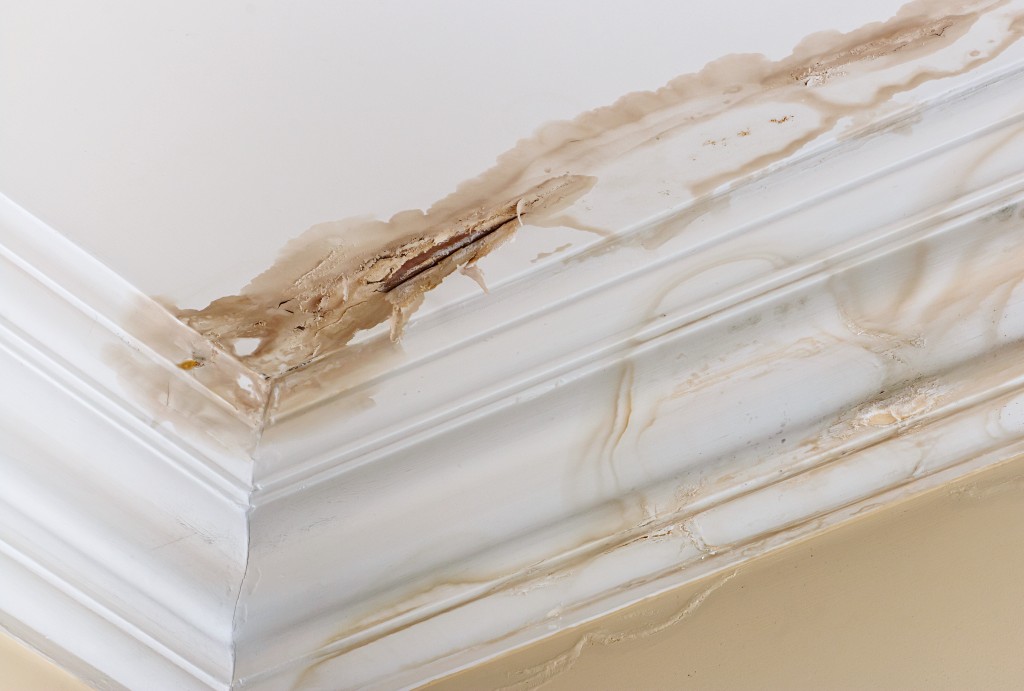Buying a home is a big decision—perhaps one of the most significant decisions you’ll ever make in your life. As such, you must have as much information as possible so you can make that decision better.
There are a lot of factors that go into this decision. Maybe you want a specific location, a particular number of rooms, and some unique features, or perhaps you’re just concerned about the price.
Once you’ve found that seemingly perfect house, you can be tempted to take the plunge. Don’t do it just yet. Watch out for these red flags first:
The Neighborhood
Before you even enter a property, its neighborhood can already tell you a lot about its worth. If there are a lot of homes for sale on the street, if the businesses around are closed and vandalized, or if there is a general feeling of displeasure in the surrounding houses, you better ask around. Most neighbors will let you know what they think about the area and even discourage you if there are negative features.
Looking at the general state of the houses nearby can also give you information about the kind of weather they’re used to having. The home you’re looking at is most likely presented in its best-looking state, so you might not be able to trust it.
The Exterior
The roof, sidings, and gutters of the house you’re looking to buy are also rich in information. Are they damaged? Discolored? Newly painted? Are there missing shingles on the roof? Are the sidings complete? Is the gutter system clogged?
These are the things you can readily see when you do even short inspections. If you have concerns, ask the owner. A siding replacement service, for example, can cost you down the road. Noticing it now can make the seller shoulder this potential cost.
The Walls and Ceilings

Stains are never a good sign. There might be water leaks from the exterior or the house’s plumbing system. If that’s the case, ask the owner about it. It might be an old issue that has already been resolved. Take note of repairs around the house, too.
Newly painted areas on walls and ceilings can be worse. They can indicate a coverup job by the seller. Keep a sharp eye on these details, and don’t hesitate to ask whenever you feel there’s something that you should know.
The Power System
Issues with the electrical systems, especially with older ones, can be a pain on both your time and your wallet. If you find a faulty light switch or an outlet that isn’t functioning, you shouldn’t readily dismiss it as an isolated case. It can be a sign of a larger, more systemic issue. This means you should check all switches and outlets.
There are a lot of red flags to look out for when buying a home. Sometimes, inexperience or even the idea of living there might be too overwhelming. If you feel like you won’t be able to make the right call, it’s best to bring a licensed home inspector with you. The eyes of a professional can substantially increase your chances of getting a good deal. But since you can’t very well hire an inspector for all your visits, it’s still a good idea to have all these in your head.